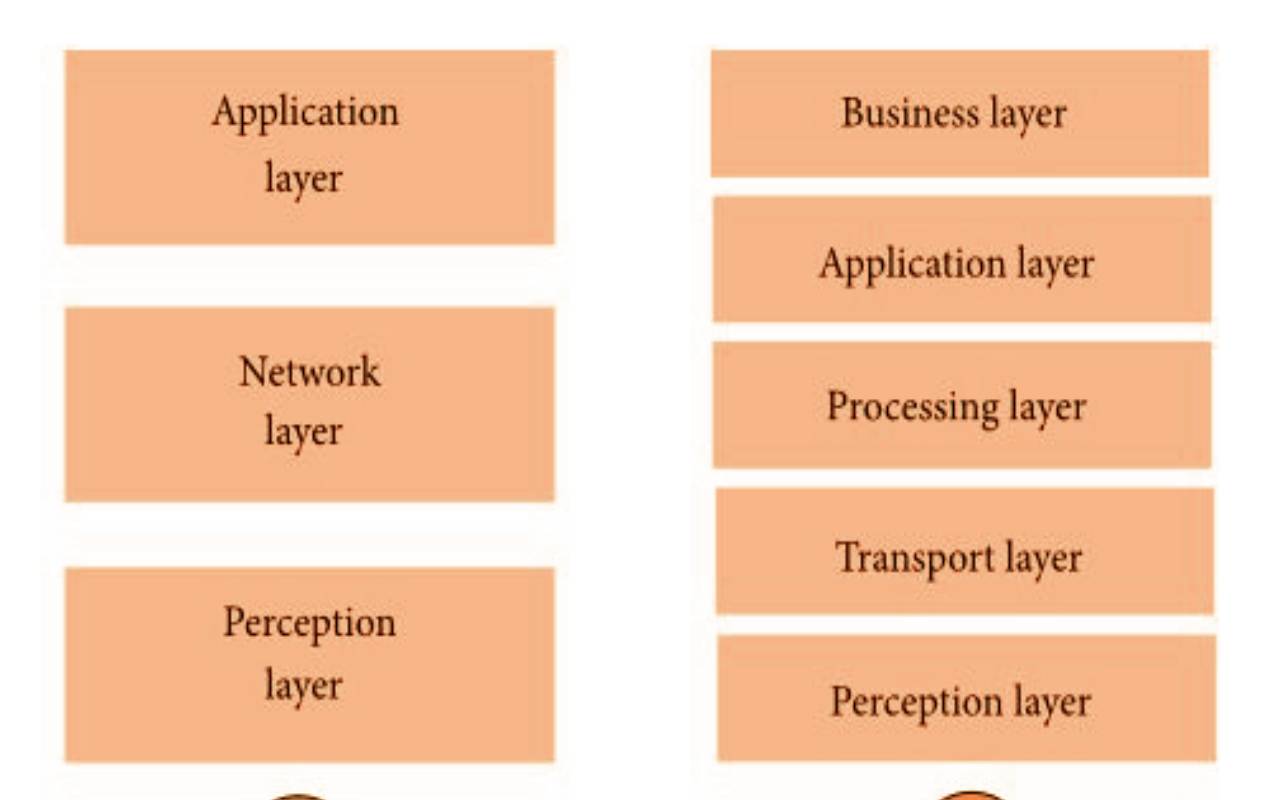The (IoT)Internet of Things, is the technology of the future. It will be greatly facilitated by the global rollout of the new generation of mobile telephony and communications networks, 5G. Thanks to the (IoT)Internet of Things it will be possible to connect any electronic device to the network, the measurement of external parameters and the automation of many of the “human” activities, but what is the underlying architecture of the technology like? What layers can we define for the Internet of Things?
By architecture, we understand the infrastructure for the specification of a network of physical components and its configuration and functional organization, its operational principles and procedures, and the types of data that are exchanged between them. That is, it describes how the physical components of the IoT collect data, how it is processed and exchanged, and in what formats they do it.
Typically, architectures are described according to different «layers», each of which has its specific function, and has its own protocols (the «languages» of communication between the components of each layer). We are going to see it in a little more detail, but we have already anticipated that we do not want to be too technical, but rather give the basic brushstrokes on how this technology is organized.
The Three-Layer Architecture
The figure on these lines corresponds to the architectures described on the Hindawi website, in the article corresponding to (IoT)Internet of Things architectures. The representation on the left is the simplest and consists of three layers: the lower one is the Perception layer, which corresponds to the physical level, that of the devices, and to the acquisition of data by means of sensors; the middle one is the Red layer; the top layer is the application layer. As we “upload” layers, we are getting closer to the user level, which does not have to worry about how the problems of the lower layers are solved.
- The Perception layer: this layer contains the different sensors in charge of collecting information from the environment. Here physical parameters are “felt”, or other intelligent devices in the environment are identified.
- The Network layer is responsible for connecting the device to other “smart things,” or to network devices or servers. It has the necessary tools to transmit data between devices (or servers and network devices), and also to carry out a certain degree of data processing.
- The Application layer is where the user’s applications are framed. From domestic applications on the use of resources (water, gas, electricity), to logistics applications for companies that optimize resources and processing time. Any application, domestic or industrial, that makes use of connected devices (IoT)Internet of Things is included in this «layer» (for example, those that make smart homes, smart cities, eHealth … possible).
This architecture is conceptually perfect because it fully describes the logic of the technology: the data collected by physical devices is transmitted to other devices, servers or network elements and processed in end applications for a specific use. However, when developing real applications, a higher level of detail is needed, that is, architectures with more layers, or different concepts.
The Five-Layer Architecture
This architecture has two layers that work the same, which are the Perception and Application layers, so we will see the remaining three:
- The Transport layer takes care of everything necessary to transmit information from the lower layer (perception) to the upper layer (processing). This means that it resolves communication between devices at the network level (be it 3G / 4G network, WiFi, Bluetooth, …).
- Solved the “transport” of data between devices, regardless of the communication network used, the Processing layer collects that data and, as it seems obvious, processes it. In this layer all the data processing services such as databases, cloud computing or big data would be located, so we can say that it is one of the main layers of the architecture.
- The last layer is the Business Layer layer. It solves all the “problems” of the highest level of abstraction, such as business models, the privacy of user data, and applications and in general, the entire IoT model is managed.
There are other different architectures, more complex to understand, that are beyond the scope of this article.

